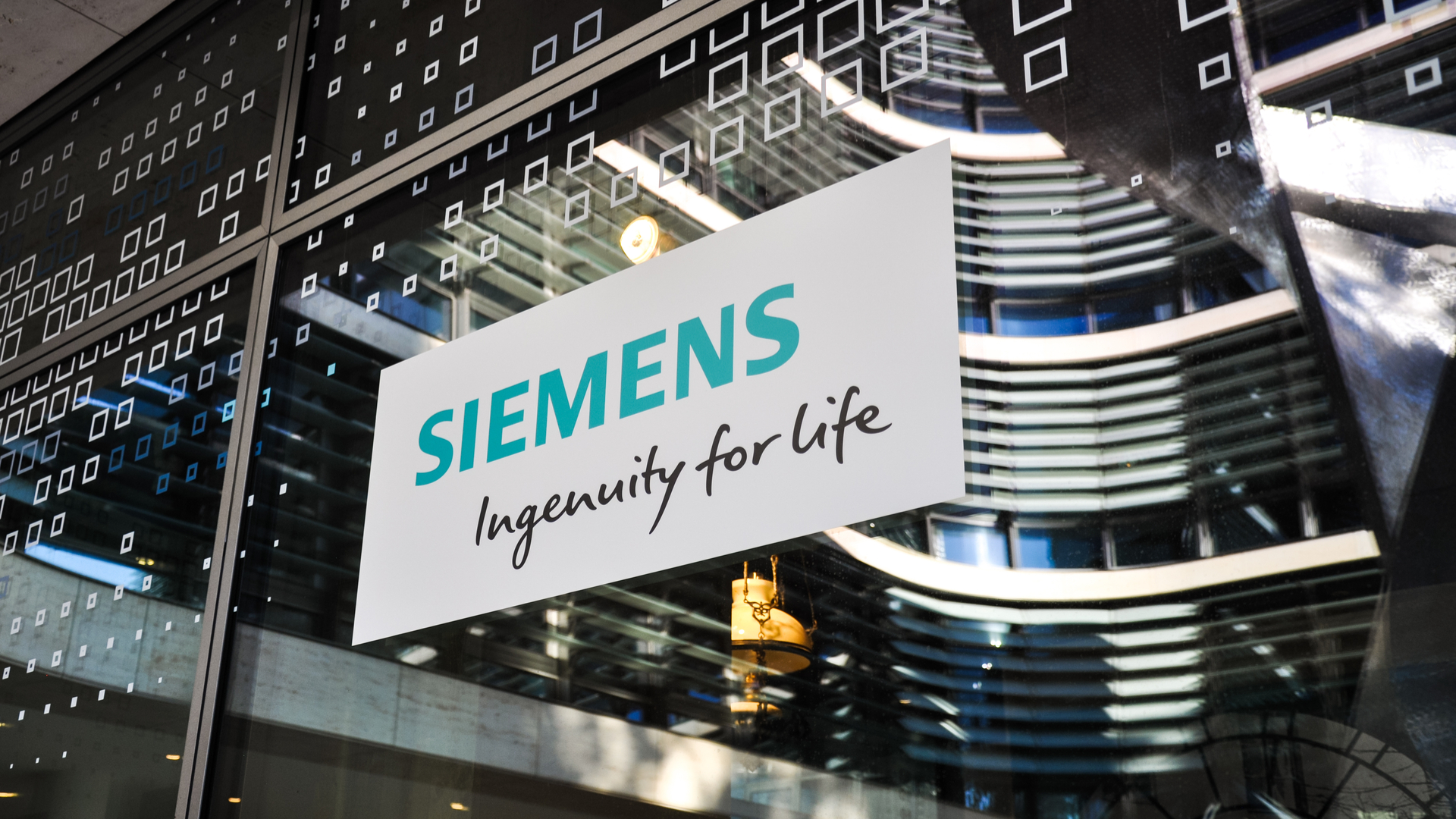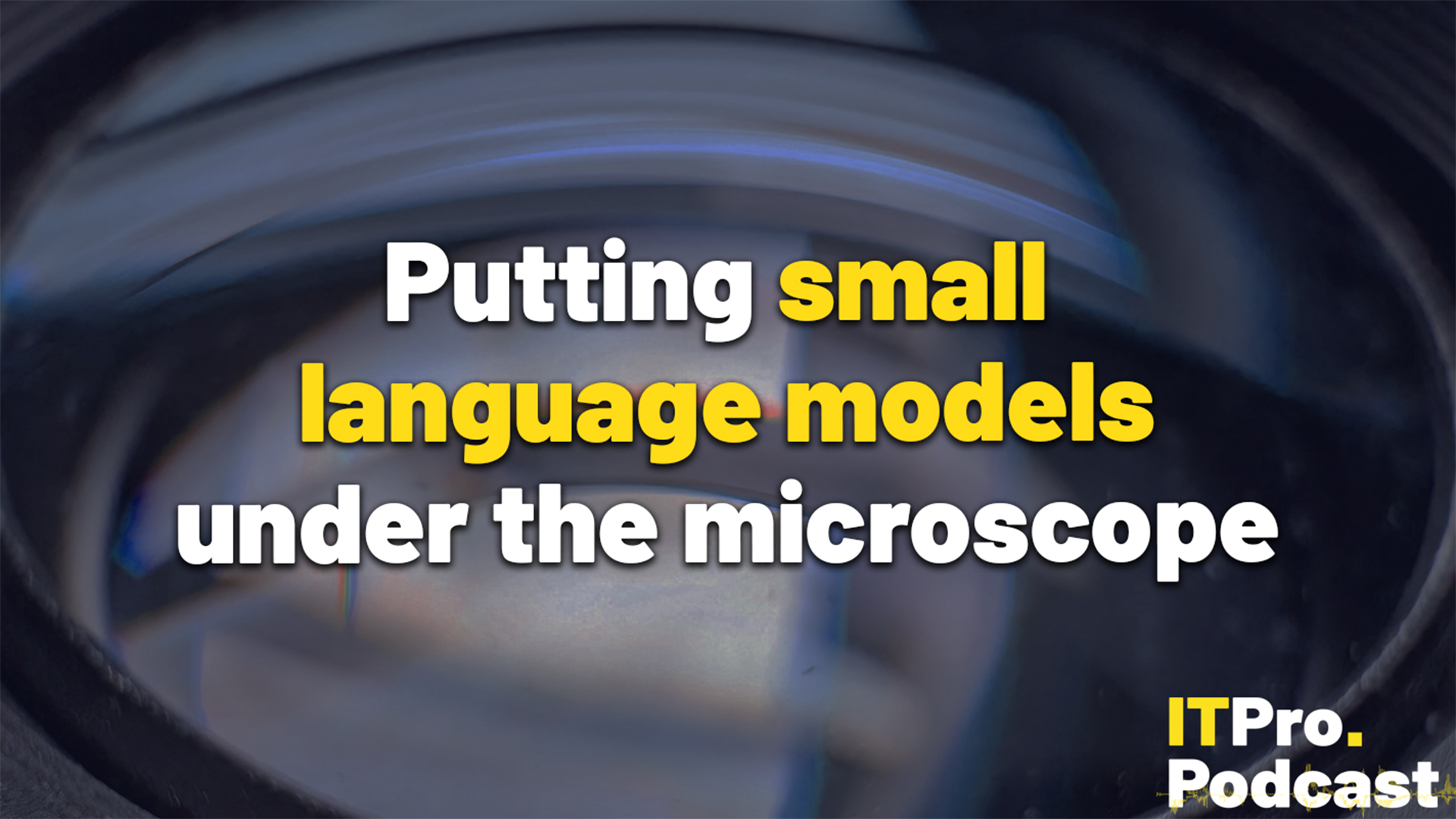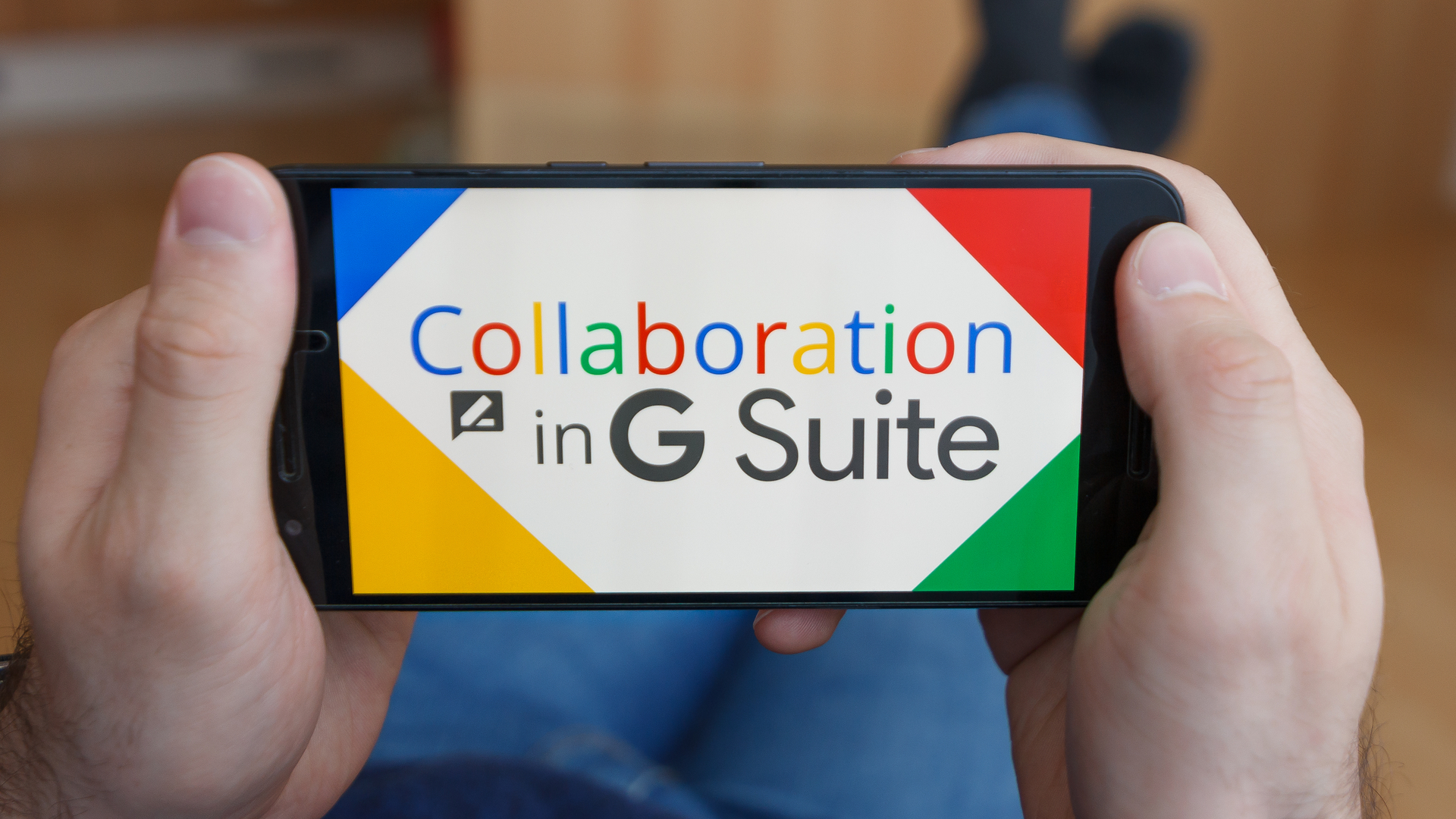Siemens takes a punt with partners
Upfront MDF and improved margins for new partners

Siemens Enterprise Communications took an opportunity at CeBIT last week to gather up its leading and potential partners to showcase its products, roadmap and unveil improvements to its partner programme to foster Europe expansion.
In a first for the company, it hosted partners from 31 countries to join it at the trade show in Hannover, Germany where it outlined its vision. Highlighting its local touch philosophy, Wolfram Fischer, the firm's executive vice president and managing director EMEA & APAC, stated that the firm wanted to engage more with its partners and “was not over distributed”.
He urged partners to “talk to Wolfram, I say yes or no, and then it happens,” explaining that the company was not ‘decision by committee’ and that the firm needs it partners to meet the massive untapped opportunity of UC in the midmarket, which the firm claims is growing at around 17 percent per year.
On the technical side, its OpenScape platform is evolving to integrate more applications and social network capability like Facebook and Twitter alongside better support for Microsoft Office and VMware Zimbra. SEC also committed to making more of its products available as software-only virtualised equivalents and will provide true multi-tenanted support to allow service providers to offer scalable hosted telephony. Flagship partners, like Datrix from the UK, maintain this VMware and multi-tenant capability is one of the reasons it selected the firm and could successfully compete in a highly competitive market.
The theme of engagement was highlighted by changes to the vendor’s “Go Faster!” partner programme which according to Tony Smith, Siemens UK sales director for indirect channel, is aimed at “taking a punt” with new partners. With up to £5000 in “front loaded” market development funds, subject to a credible business plan, the vendor wants to onboard new channel partners. Although the UK is less in need of boosting as it already has around 150 active partners, emerging markets like Turkey and Eastern Europe are key targets. The vendor is also offering £3000 towards training and certification cost for new partners and a five percent bump on margins for six months.
For Smith, the platform’s ability to serve both SMB and larger multisite organisations from the same product family as hardware, software or cloud is a key differentiator. The goal: “to offer more flexibility to the channel”.
Channel Pro comment
ChannelPro Newsletter
Stay up to date with the latest Channel industry news and analysis with our twice-weekly newsletter
What you get from a partner event is not always what goes on the stage. Informal chats with partners often give a better idea of where an organisation really sits in terms of the channel. Siemens recognises that it needs the channel and if you look at the recent influx of senior ex-HP execs and programme structure, they are going in with both feet. Let’s put aside the lunacy of the Apotheker years, HP gets the channel and the new execs are clearly aligning the vendor for more indirect love.
The vendor claims its number #1 for telephony in Europe and if you add in the still substantial TDM and German markets, the numbers are probably correct. However, in the pure IP space, the German vendor has not been as glamorous or as vocal as its US rivals.
A couple of oddities remain. The Enterasys networking products, although indirectly owned by Siemens Enterprise Communications, don't share the ‘same name on the tin’. This lack of single brand for its networking and telecoms products made certain executives roll their eyes as it could potentially work against the firm with customers looking for a single vendor solution.
The other area is the amount of direct touch the vendor does, which is hard to gauge depending on the territory.
In the UK, the team is experienced and well grounded and if rumours continue that one of its unnamed rivals is shedding partners and about to run aground, the firm may well be ready to pick up the slack.
-
 How the UK MoJ achieved secure networks for prisons and offices with Palo Alto Networks
How the UK MoJ achieved secure networks for prisons and offices with Palo Alto NetworksCase study Adopting zero trust is a necessity when your own users are trying to launch cyber attacks
By Rory Bathgate
-
 Putting small language models under the microscope
Putting small language models under the microscopeITPro Podcast The benefits of small language models are undeniable – but they're no silver bullet
By Rory Bathgate
-
 GoTo appoints Michael Day as its new channel chief
GoTo appoints Michael Day as its new channel chiefNews Channel veteran will lead the company’s recently announced GoTo Partner Network
By Daniel Todd
-
 Zoom launches hardware as a service video conferencing portfolio
Zoom launches hardware as a service video conferencing portfolioNews The video conferencing giant has partnered with four companies to launch hardware for Zoom Phone and Zoom Rooms services
By Keumars Afifi-Sabet
-
 Google developing all in one messaging app for business
Google developing all in one messaging app for businessNews The app will combine G Suite services into one single mobile entity, according to reports
By Bobby Hellard
-
 How unified communications could energise your business
How unified communications could energise your businessIn-depth Unified communications used to be a buzzword reserved for enterprises and huge budgets – but not anymore
By Nik Rawlinson
-
 No catches: How 3CX v16 can slash your costs
No catches: How 3CX v16 can slash your costsIn-depth With an aggressive new pricing structure, it's now even easier for businesses to cut their telco costs in half
By IT Pro
-
 Businesses 'should already be on their journey to UCaaS'
Businesses 'should already be on their journey to UCaaS'In-depth With the unified communications market on the rise, experts urge companies to shift towards an 'as-a-service' approach
By Keri Allan
-

 Sennheiser MB 660 review: Sounds like a winner
Sennheiser MB 660 review: Sounds like a winnerReviews This UC headset is expensive, but the quality is unbeatable
By Adam Shepherd
-
 Unified comms market to explode
Unified comms market to explodeNews UC in EMEA will be worth a whopping $16.6 billion by 2015.
By Tom Brewster